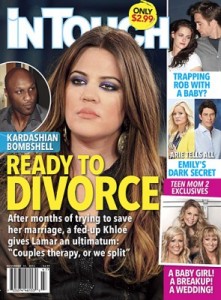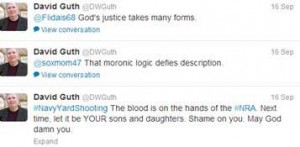By DANIELA LONGO
Social media have become so powerful that it seems information travels faster than light.
Twitter, Facebook, Instagram and many other major networking platforms have made their users active journalists.
Nowadays, people comment and publish pictures of events as they are happening worldwide and sometimes this helps news organizations to gather information and even law enforcement organizations to solve crimes.
A real example of the roll of the “new social media journalists” was the explosions during the Marathon in Boston last April. In the efforts to capture the suspects, people were asked to send their pictures and videos of the finish line area where the two bombs exploded in order to see if the suspect could be identified.
Along with law enforcement and the pictures and videos sent, the suspect was successfully identified.
Not only was the role of the “new social media journalists” helpful to find the suspects, but it also helped news organizations to gather their information during that hectic afternoon and evening.
In moments of panic, when different bombs exploded killing and injuring several individuals at a major event like the Boston Marathon or the more recent Washington, D.C. Navy Yard mass shooting, it gets really difficult for news media to get as close as desired to report what is happening. Also it’s almost impossible to gather accurate information when nobody knows what is happening.
In this case, journalists rely on the pictures and information that only the quickness of social media from persons and witnesses already at the scene can provide.
Even though social media should be a place to begin the news gathering of any story, in moments when time is gold, its acceptable to use it in the most accurate way to provide the audiences the right information as fast as possible.
Since social media offers public information, journalists use it more and more.
In traditional journalism, social media wouldn’t have had a role because it’s really hard to confirm the information. However, the fast, modern lifestyle that people have also requires instant information that social media offers, despite its flaws.
Social media affect all kinds of public figures and events. Now news organizations cite tweets from Twitter, video from YouTube, and posts on Facebook. Media even use pictures that might be published on these networks. Now a tweet is sufficient evidence to start a controversy.
Because social media is really powerful, it must be use really carefully. All the information found in this medium must be confirmed and used accurately without disregarding the truth.


